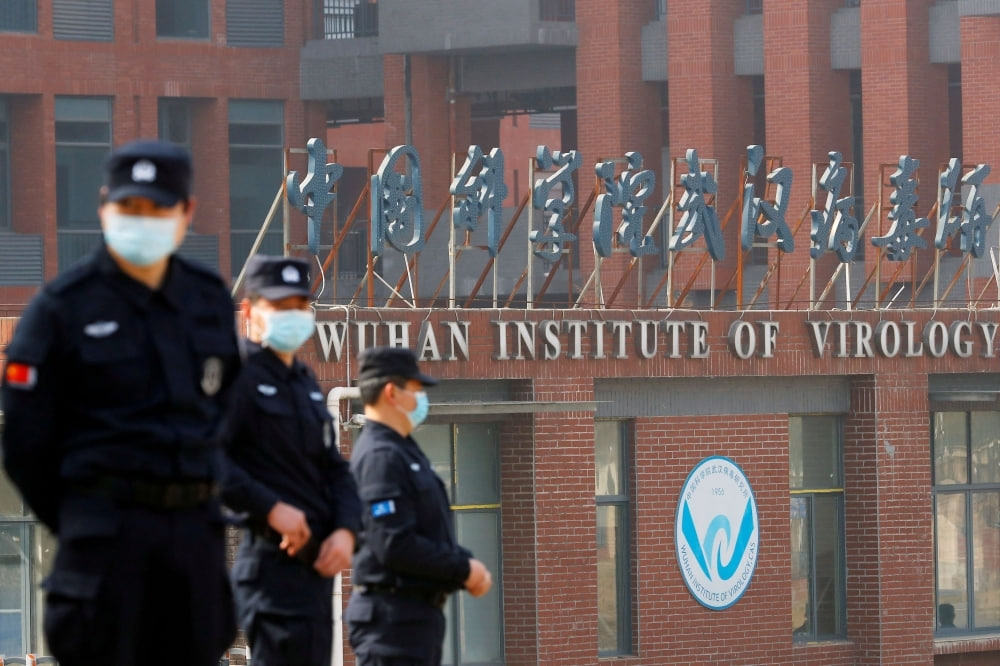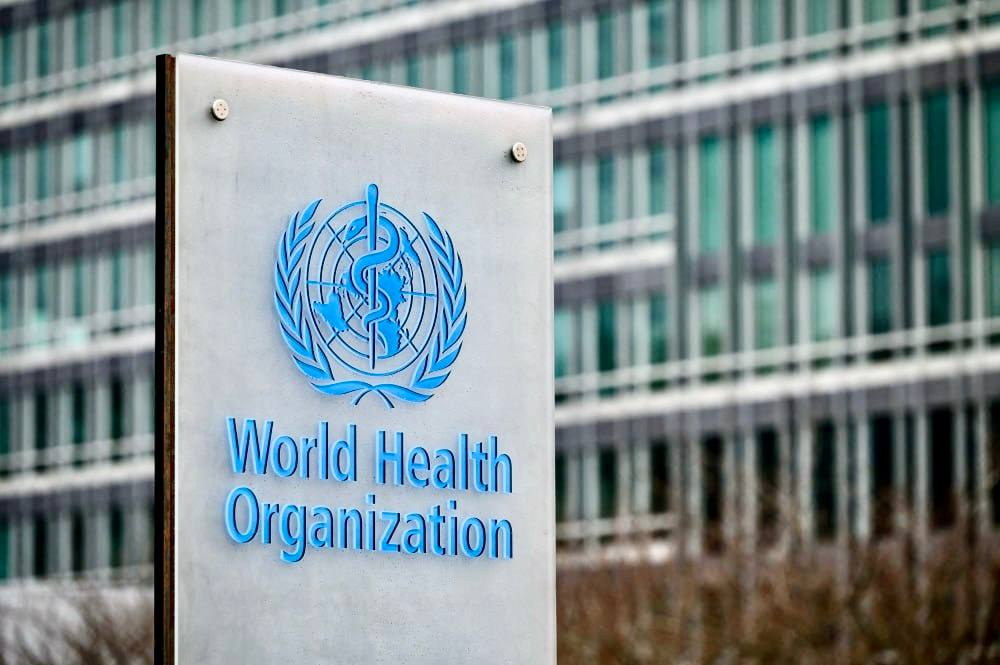A newly identified bat coronavirus has been found to use the same cell-surface protein as SARS-CoV-2, the virus responsible for COVID-19, to gain entry into human cells. This discovery, reported by Chinese researchers in the journal Cell, has raised questions about its potential to infect humans and spark future outbreaks. However, scientists emphasize that the risk of a new pandemic remains low for now.
A Closer Look at HKU5-CoV-2
According to the study, the newly discovered virus, named HKU5-CoV-2, carries a crucial feature known as the furin cleavage site. This characteristic, also present in SARS-CoV-2, allows the virus to enter human cells via the ACE2 receptor protein. Lab experiments demonstrated that HKU5-CoV-2 could infect human cells with high ACE2 levels, particularly in models of human intestines and airways.
However, the researchers noted that HKU5-CoV-2 does not infect human cells as efficiently as SARS-CoV-2. While the virus can attach to human ACE2 receptors, its binding affinity is significantly lower, making widespread human transmission unlikely at this stage.
Encouragingly, scientists have already identified monoclonal antibodies and antiviral drugs that can target HKU5-CoV-2. These findings suggest that existing treatments developed for COVID-19 could potentially be repurposed if the need arises.
Market Reactions and Expert Opinions
The revelation of this bat virus had an immediate impact on financial markets. Bloomberg reported that shares of Covid-19 vaccine makers reacted positively, with Pfizer closing up 1.5%, Moderna climbing 5.3%, and Novavax increasing by about 1%, despite a broader market downturn.
However, infectious disease experts urge caution against alarmist reactions. Dr. Michael Osterholm, a leading epidemiologist at the University of Minnesota, believes the concerns are overblown. “There is a lot more immunity in the population now compared to 2019, particularly against SARS-like viruses, which may reduce the risk of another pandemic,” he said.
Furthermore, the study itself advises against exaggerating the potential threat. Researchers pointed out that HKU5-CoV-2 has several suboptimal factors for human adaptation, further lowering its likelihood of becoming a significant human pathogen



